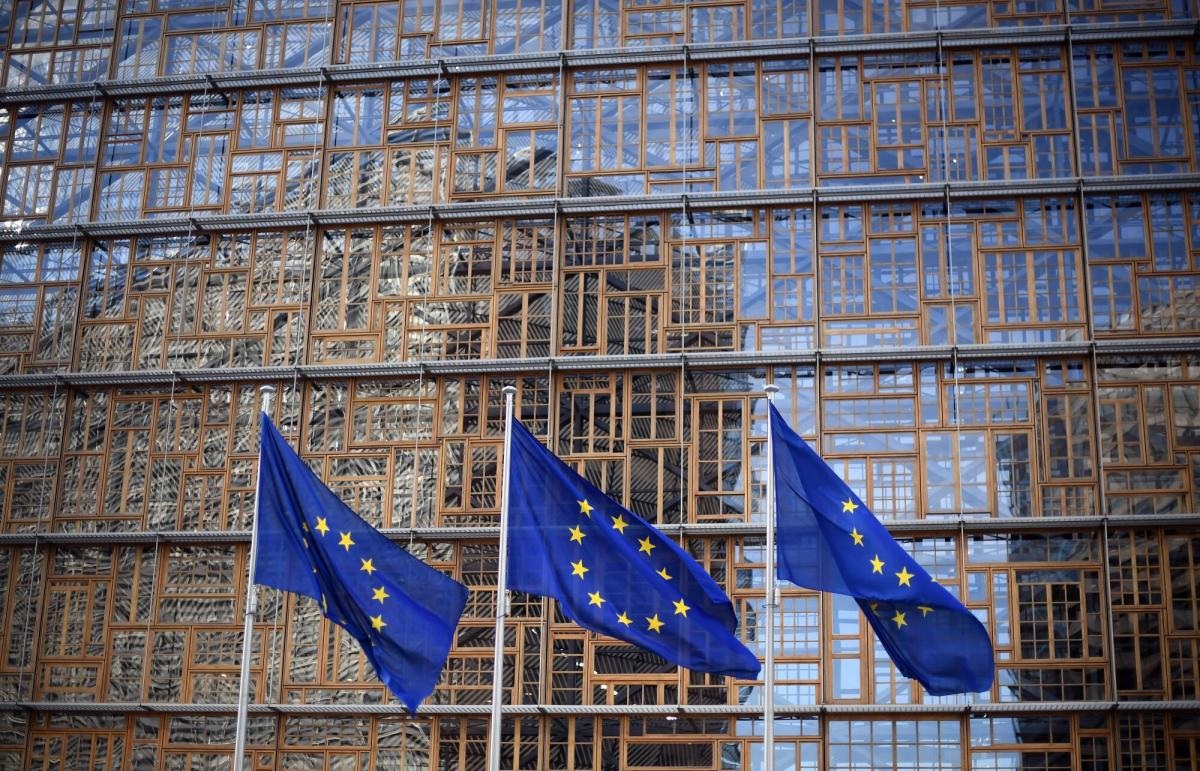European Centre for Counterterrorism and Intelligence Studies, Germany & Netherlands – ECCI
Migration: The European Union’s perennial conundrum
Ella Joyner in Brussels
DW – A big step up in requests for asylum last year has put one of the EU’s touchiest issues, migration, back in the limelight. One idea is to leverage visa, aid and trade policy to get third countries to take back deportees.The 27 leaders of the European Union are due to convene in Brussels on Thursday and Friday for a summit dedicated in part to one of the political club’s most intractable and ugliest fights: the question of how to handle migration and asylum.Unconfirmed leaks suggesting that Ukrainian President Volodomyr Zelenskyy may be joining the gathering threaten to eclipse that focus. But with political sentiment increasingly hardened against new arrivals to Europe, you can still expect tough talk and strong soundbites this week.
Swing to the right
These days, a dwindling number of European governments are interested in opening their arms to people on the move, save to the notable exception of around 8 million Ukrainian refugees who have fled to Europe, of whom some 4 million are registered in the EU.Under far-right Italian Prime Minister Giorgia Meloni, Rome has tightened rules for humanitarian group-run boats that rescue migrants at sea, requiring them to return to port immediately after picking up migrants and not continuing to seek out other boats in distress. Conservative Austrian Chancellor Karl Nehammer is pushing for EU cash for border fences. Sweden, current holder of the rotating EU presidency, is keen to step up deportation. Poland and Hungary are long-standing, outspoken critics of liberal migration and asylum policy. Denmark has a goal of taking in “zero” refugees.
Applications for international protection shoot up
Last year saw a drastic increase in the number of asylum applications in the EU. There were 924,000, according to the European Commission, up from 630,000 the year before.Applications are still well below the migration crisis peak of 1.3 million seen in 2015, when hundreds of thousands of Syrians and Afghans fled war for Europe. But the system is clearly strained. The Netherlands and Belgium are facing a reception crisis, with asylum- seekers even sleeping rough on the streets of Brussels in recent months.A European Commission proposal for overarching reforms to the migration system to see those seeking protection spread throughout the bloc has been on the table since late 2020, but negotiations have ground to a halt.
‘High time’ for action, states warn
Ahead of this week’s summit, a group of eight member states spread geographically throughout the bloc wrote to top EU officials, warning it was “high time” for a European approach to deal with unauthorized migration. “Irregular migration has once again become one of the most pressing issues in the EU,” Austria, Denmark, Estonia, Greece, Latvia, Lithuania, Malta and Slovakia wrote in the letter seen by DW.Concretely, they called, among other things, for more tightly policed EU external borders (backed up by EU funds), stepping up deportations for those denied asylum and looking into more agreements like the one struck with Turkey in 2016 to take back rejected asylum-seekers in exchange for EU funds to host refugees.
With no quick breakthrough expected on the larger reform package due, the European Commission has proposed more short-term measures: increased cooperation with third countries, and a push on deportations. Commission President Ursula von der Leyen said in a recent speech that most applicants were not eligible for protection, and that only 22% of those rejected were actually sent back to their country of origin.
Carrots, sticks for countries taking back deportees
At this week’s summit, EU leaders look set to support the use of both incentives and also new disincentives to get countries of origin to take back unsuccessful asylum applicants, instrumentalizing trade, development and visa policy — including potential restrictions to the latter — according to leaked draft conclusions seen by DW.German Interior Minister Nancy Faeser has spoken out against using threats to have partners cooperate.For anti-poverty campaign group Oxfam, none of the proposals floated in recent months are entirely new or a real solution. Oxfam migration expert Stephanie Pope told DW that they looked like diversion tactics.
“From our perspective, it’s basically all a load of noise and hot air that is distracting from the fact that after several years, the EU has still not managed to come up with rules to reform its broken asylum and migration system,” she said.Using development aid is a “fundamental misunderstanding of what development aid is for,” she said. Similarly, “suggestions to use preferential trade treatment or visa policies to try to basically bully non-EU countries into either taking back people who the EU deports or also stopping migratory movements towards the EU… it’s essentially blackmail,” Pope said.The first thing the EU could do to start fixing its dysfunctional migration system would be “finally coming up with a system where the responsibility for welcoming people who are seeking protection in the EU is fairly distributed among EU countries,” Pope said.
No EU money for fences, but surveillance tools funded
A recurring theme likely to be brought up by some leaders this week is the question of money from the EU budget being used to build walls or fences, a move typically resisted by the European Commission despite several member state requests. Austria’s Nehammer recently called for €2 billion ($2.1 billion) in EU funds for the Turkish-Bulgarian border, one of the most strained points at present.In an interview with several European news agencies last week, European Home Affairs Commissioner Ylva Johansson said she didn’t believe that fences worked, but that physical infrastructure (e.g. for surveillance technology) could be covered from the EU budget.
More than 1,800 kilometers (1,118 miles) of new border fences were erected on external and internal EU borders since 2014, according to a recent European Parliament report. Despite new construction, Frontex — the bloc’s border control agency — said it had detected 330,000 illegal crossings last year, up 64% from the previous year.
Manufactured panic?
Catherine Woollard, director of the European Council on Refugees and Exiles, said there were serious problems with EU asylum systems, but warned politicians against manufacturing panic.”Those attempting to generate hysteria seem to be overlooking the biggest story of last year: that the EU was able to manage the displacement of 8 million people from Ukraine,” Woollard wrote online last week. “Why should 300,000 people crossing borders create panic when the arrivals of millions does not?”




